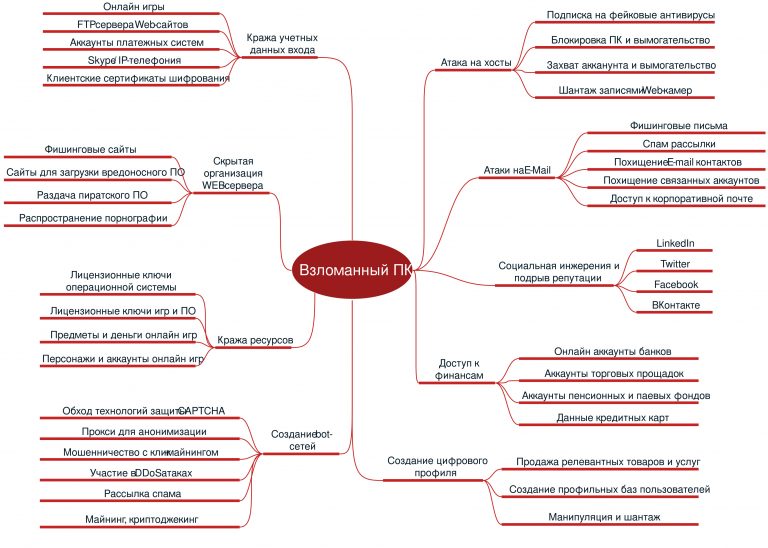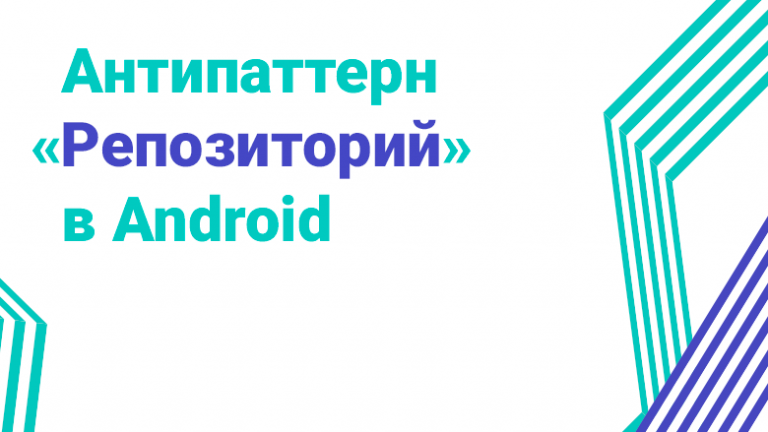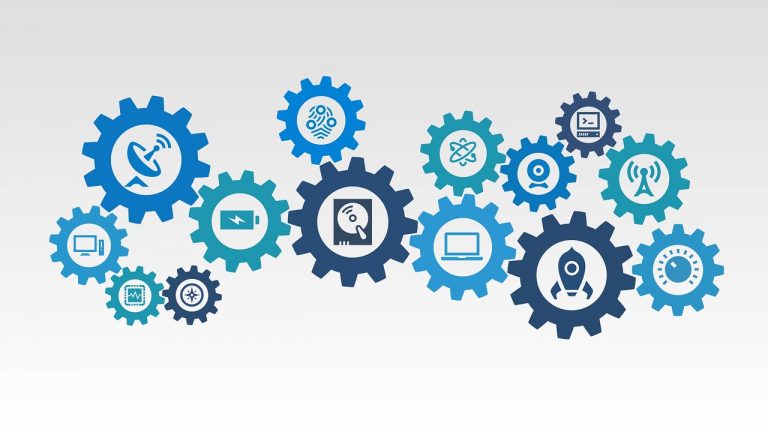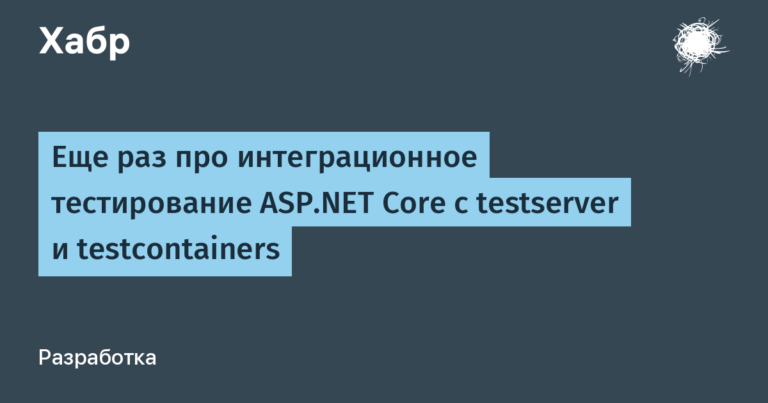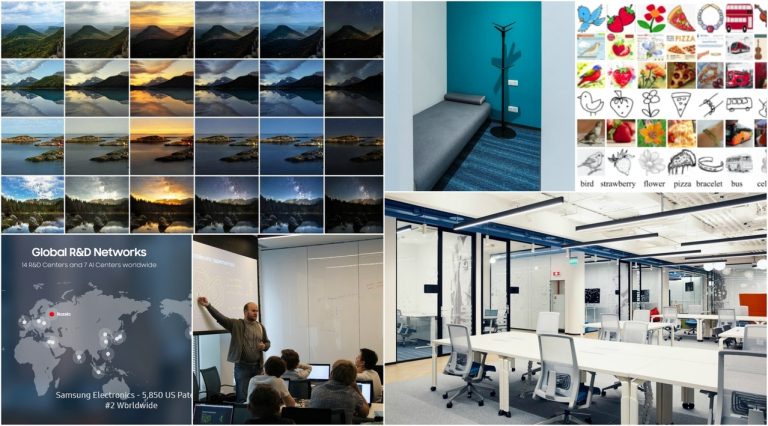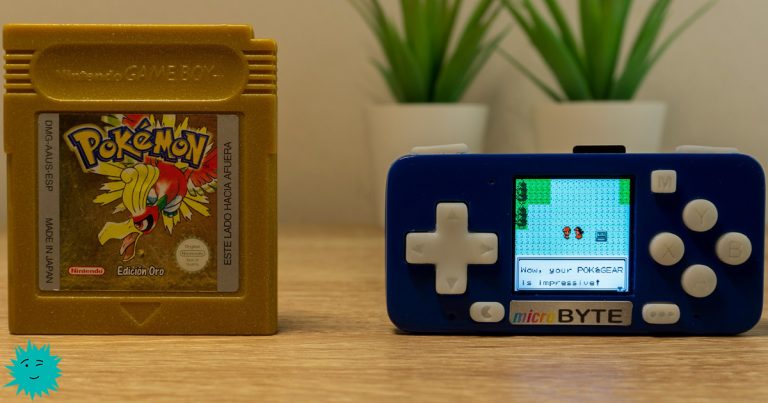Spinal Muscular Atrophy (SMA) vaccine. Why is she so expensive?
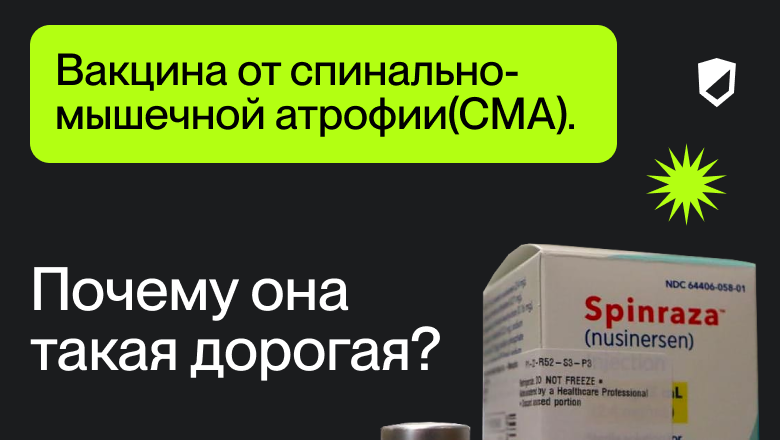
SMA – spinal muscular atrophy. In the body due to genetic mutation SMN1 gene stops working, which produces the SMN protein. The lack of protein, in turn, leads to the death of motor neurons, that is, the nerve cells responsible for muscle movement. As a result, the muscular skeleton of a person is gradually reduced. The child either does not start or stops walking, and in the last stages – to breathe on his own. SMA is of type I, II and III. The first type is such a severe disease that previously children could not live with it for more than two years. It is he who is the most common (about 60% of all patients with SMA).
Carriers of the SMN1 gene mutation are approximately one in forty people. In order for the likelihood of the manifestation of the disease, carriers of the mutation must be both parents. The treatment of this disease is practically the most expensive in the world. The first ever effective drug for SMA was created only in 2016.
History of vaccine development and treatment of SMA
There are three stages in the treatment of SMA.
At the first stage, all that the doctors could offer was special supportive therapy. This is a combination of special nutrition, taking vitamins, physical activity, surgery and mechanical ventilation.
At the second stage in 2016, Spinraza, aka Pusinersen, began to be used. Spinraza does not act on the SMN1 gene itself, but on another. As a result, the production of the desired protein is still increases, which allows the disease to pass in a milder form. The earlier the drug is administered, the more pronounced its effect. The Spinraza course costs several hundred thousand dollars a year. The drug should be administered throughout the life of the patient. In Russia, the drug was approved in 2019. Of course, both the government and spinraza manufacturer Biogen are increasing the availability of treatment. In particular, the manufacturer of the drug launched the “Expanded Access Program” in the Russian Federation.
The third stage of treatment is the drug Zolgensma, also known as onasemnogen abeparvovec. Its manufacturer, Novartis, launched the drug in 2019. Zolgensma allows you to give just one injection before the age of two years, so that a patient with the first type of SMA does not have to have any more injections. In fact, together with the vaccine, a harmless form of the virus that produces the SMN1 gene is injected into the human blood.
A little explanation. The mechanism of action of the virus is as follows: it takes root in a human cell, introduces its DNA or RNA into it. As a result, the cell, instead of the genes originally assigned to it, begins to produce the genes of the virus. The mechanism of action of Zolgensma simply allows you to launch a virus that introduces the SMN1 gene into cell production. Such a virus with the desired gene is called a vector, which, after entering the body, purposefully moves to motor neurons. When the operation to introduce a healthy gene is completed, the vector is destroyed and excreted from the body.
Now Novartis is developing the ability to use Zolgensma for SMA types 2 and 3 as well. At the same time, the drug is being distributed outside the United States. The fact is that so far a single vaccine in most countries is available only to type I patients under the age of two years.
Biogen is improving its Spinraza at the same time, because the introduction of another treatment has negatively affected the sale of the company’s drug. Moreover, if Zolgensma is administered intravenously, then Spinraza must be injected by specialists directly into the spinal cord, which makes the procedure more difficult and painful.

Cost Issues
The cost of treating SMA has drawn a lot of criticism. Manufacturers are launching assistance programs, they are counting on the fact that treatment will be provided at the expense of insurance services, but this does not change the situation. Disputes about pricing policy continue. In some countries, the government is willing to pay citizens for medical care. Indicative became case in Japanwhere insurance now covers more than $1.5 million in SMA treatment.
Novartis also reported that as of mid-2021, 170 children got free dose of Zolgensma. At the same time, only more than 700 people underwent treatment at that time, this is a significant proportion. The manufacturer plans to expand the availability of free medicines with the growth of production capacity. Also indicative was the case with Novartis’ proposal to make a lottery for 100 people to receive free treatment. This initiative, instead of approval, caused even more public criticism. The company was accused of forcing patients to compete with each other. At the same time, the lottery was chosen because it avoids the establishment of selection criteria and, as a result, discrimination.
How do companies explain the price themselves?
When the drug Spinraza was just coming out, its cost also met with a wave of criticism. Corporation representatives explainedthat the price is “in line with other treatments for rare orphan diseases”, is designed to fund further development and take into account clinical value.
By statements representatives of Novartis, they used the cost of Spinraza and other genetic drugs when estimating the cost of the drug. At that time, Spinraza treatment cost $750,000 for the first year and $375,000 for each year thereafter. The cost of Zolgensma, with a five-year installment plan, is $425,000 per year.
Does the price match the therapeutic effect?
Institute of Clinical and Economic Research, dealing with the evaluation of the cost of medicines, appreciated the cost of Spinraza as significantly exceeding cost-effectiveness thresholds. The same institute calculated the acceptable cost of Zolgensma when the prices for it were not yet known. They were based on:
-
QALY – quality of life, taking into account the years lived. According to it, the price of the drug was supposed to be 1.1-1.9 million dollars.
-
LYG – added years of life. According to them, the cost can be 1.2-2.1 million dollars.
Moreover, these are already increased thresholds after the revision, and initially experts estimated the cost at no higher than $1.2 million. That is, the price of a medicine can be justified by being high, but not to the extent that the manufacturer has set it.
At the same time, the action and side effects of the drug have not yet been sufficiently studied. Nobody can even sure to say, whether only one injection is enough for the patient, or then the effect will come to naught. Moreover, it is also not known exactly whether it will be possible to introduce Zolgensma a second time. The only decision Novartis has made on this issue is the option not to pay the balance of the five-year installment plan if the drug wears off during that period.
Does the price match the cost of creation?
Creating drugs can cost really big money, especially clinical trials.
Novartis did not develop Zolgensma, this were engaged in AveXis, which the pharma giant bought for $8.7 billion. Moreover, the development was directly funded by a number of charitable foundations and research institutes.
AveXis Acquisition Cost bind with their intellectual property rights and license agreements. Thus, AveXis has a worldwide license from Regenexbio (the leader in gene vector therapy) for any recombinant AAV vector for gene therapy and treatment of SMA in humans, including AAV9.
Zolgensma is also reported to use a range of sophisticated technologies. For example, agitated bioreactors are needed to work with adherent cell lines. In general, the production of the drug takes a month, after which the vaccine can be stored for about a year.
A similar situation has developed in relation to Spinraza. Development and clinical trials could indeed be very expensive, but these costs were not borne by Biogen alone. For example, at least half a million dollars in initial development invested organization Cure SMA. Also developers of Spinraza got for his invention a prize of 3 million dollars. The manufacturer of nusinersen (Spinraza) was also not Biogen, but another organization – Ionis. Biogen owns developed under a license agreement.
How much revenue do SMA drug manufacturers make?
Biogen discloses earnings from Spinraza sales. So, in 2017, revenues amounted to $884 million, in 2018 – $1.72 billion, and in 2019 revenues grew to $2.1 billion. In 2020, there was no significant increase, the vaccine brought the company $2.05 billion .
Novartis is less willing to disclose Zolgensma earnings, but it is known that in 2019 they amounted to 361 million dollars, and in 2020 already 920 million dollars. One way or another, it is unlikely that it will be possible to recoup the initial costs of $8.7 billion quickly.
What can help reduce the cost of the SMA vaccine?
The main opportunity for price reduction is the emergence of competitors. To do this, it is not necessary to wait for the expiration of patents. So, Roche and PTC Therapeutics already in 2020 received approval Evrysdi (aka risdiplam). The medicine is simply drunk by the patient, and therefore its cost depends on the weight of the patient, reaching maximum $340,000 per year. Like Spinraza, Evrysdi needs to be taken throughout life. For infants, the average cost would be $100,000 per year. First of all, this drug competes with Spinraza, not Zolgensma.
Another opportunity to reduce prices is the distribution of drugs in new countries. An inevitable part of the pricing policy of manufacturers is the number of purchases of their drugs. There are relatively few patients with SMA, so the demand for the drug is not very extensive. If more people buy the drug, then the companies will be able to cut prices with little or no loss to themselves.
One way or another, the emergence of diversity increases the opportunity to reduce the price of a drug in the future. As practice shows, corporations are ready to direct the income received from sales to help less well-to-do patients. However, all this hardly justifies the inflated prices of SMA vaccines, which exceed the estimates of experts and the estimated development costs. And this means that hundreds of people will not wait for the coveted injection and will die without receiving the drug of one or another pharmaceutical company.
About the service Online Patent
Online Patent is the number 1 digital system in the Rospatent rating. Since 2013, we have been creating unique LegalTech solutions for the protection and management of intellectual property. Register in the Online Patent service and get access to the following services:
-
Online registration of programs, patents for invention, trademarks, industrial design;
-
Submission of an application for inclusion in the register of domestic software;
-
Options for accelerated registration of services;
-
Free search in databases of patents, programs, trademarks;
-
Monitoring of new applications by criteria;
-
Online support of specialists.
For more articles, analytics from experts and useful information about intellectual property in Russia and the world, look at our Telegram channel.
Get a discount of 2000 rubles on your first order. More details in the pinned post.
